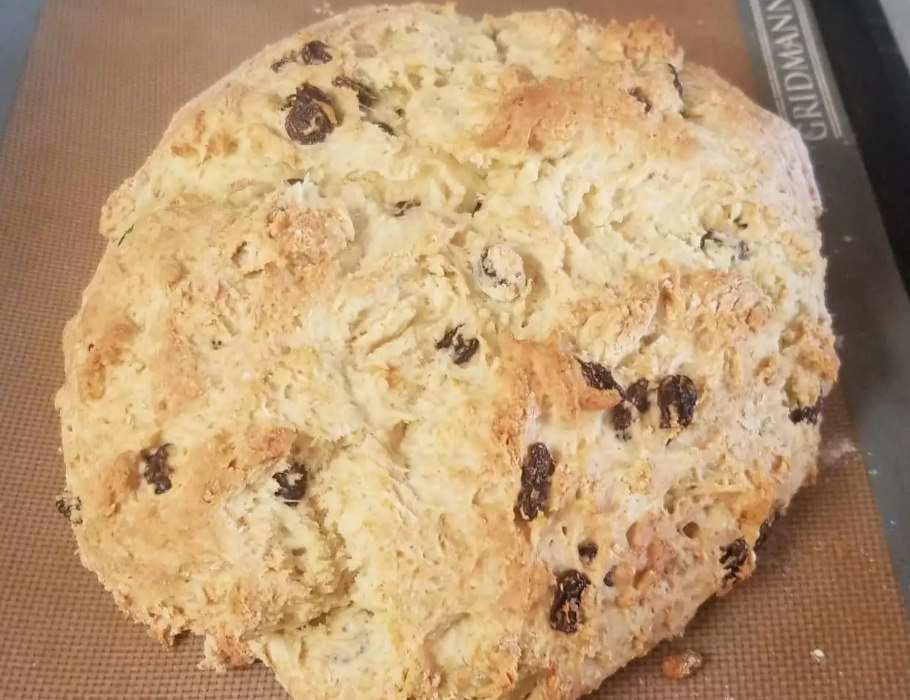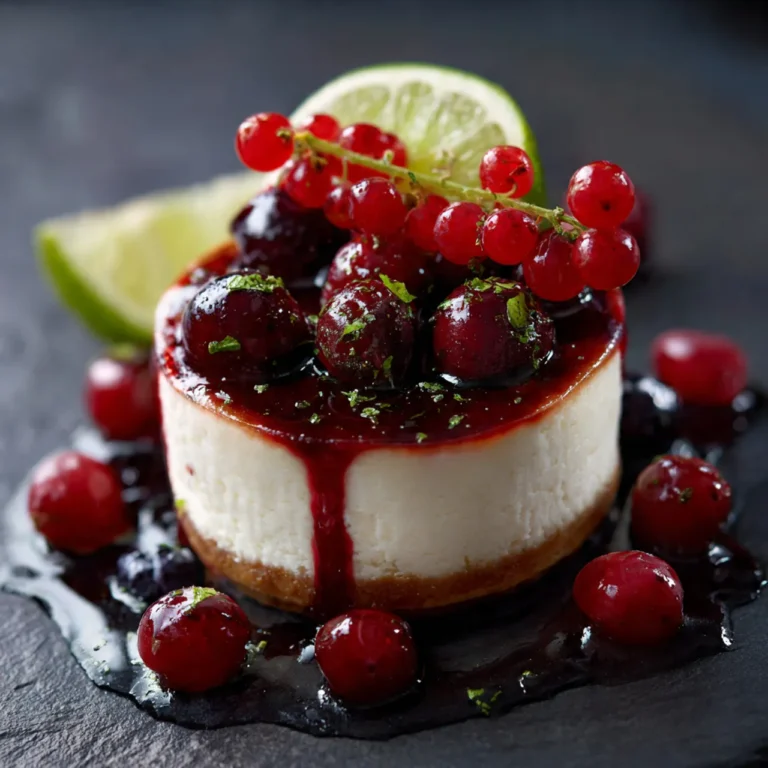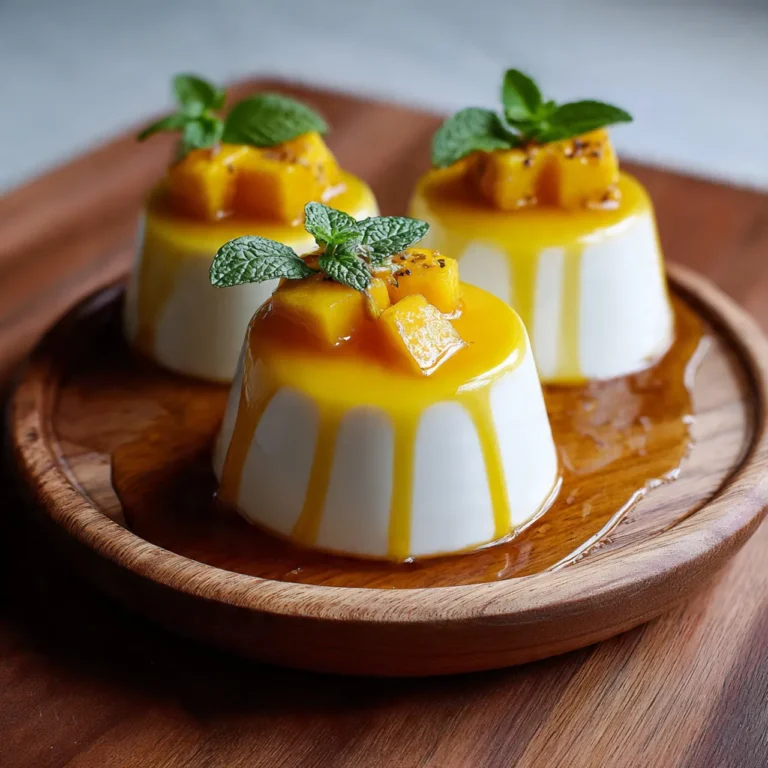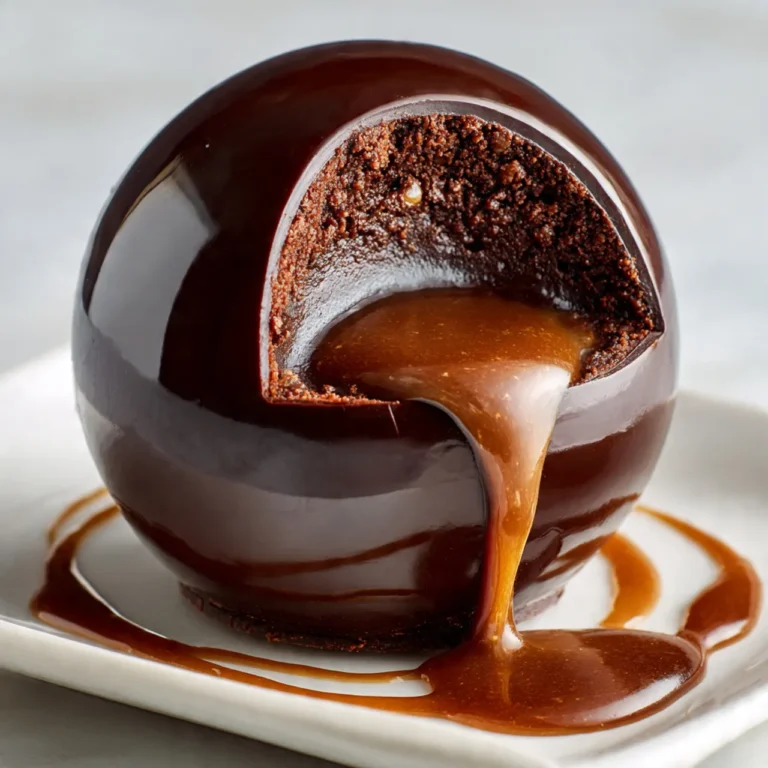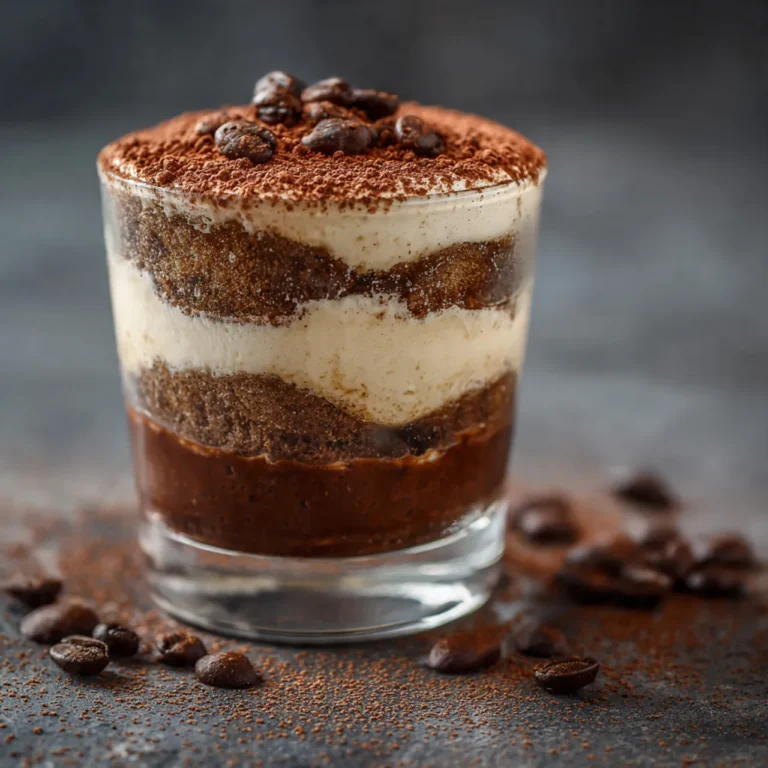Understanding Baking Soda and Bicarbonate of Soda
“Baking soda” and “bicarbonate of soda” are two terms that often cause confusion, but they actually refer to the same substance. The chemical name for this compound is sodium bicarbonate, and it’s a white crystalline powder that is alkaline in nature. Here’s a breakdown of what you need to know about it:
Chemical Composition and Properties
- Chemical Formula: NaHCO₃
- pH Level: It is alkaline with a pH of around 8.3.
- Solubility: Soluble in water, which is essential for its use in baking and cleaning.
Uses in Baking
- Leavening Agent: When mixed with an acid (like vinegar, lemon juice, or cream of tartar) and a liquid, it releases carbon dioxide gas, causing dough or batter to rise.
- Taste: It can impart a slightly salty, alkaline taste, so it’s important to balance it with acidic ingredients in recipes.
Other Culinary Uses
- pH Balance: It can be used to neutralize excessive acidity in dishes.
- Tenderizing: It can tenderize meats when used in small quantities.
Cleaning and Personal Care
- Cleaning Agent: Effective in removing stains and neutralizing odors.
- Personal Care: Used in toothpaste and deodorants for its mild abrasive and odor-neutralizing properties.
Health and Safety
- Edible: It’s safe for consumption in the quantities typically used in cooking and baking.
- Overuse: Consuming large amounts can lead to health issues due to its high sodium content and alkalinity.
Differences from Baking Powder
- Baking Soda: Pure sodium bicarbonate.
- Baking Powder: A mixture of sodium bicarbonate and an acidifying agent (like cream of tartar) and often a drying agent (like starch).
Storage and Shelf Life
- Storage: Keep it in a dry, cool place.
- Shelf Life: It can last indefinitely if stored properly, but it’s best to replace it every year for optimal effectiveness in baking.
Environmental Impact
- Eco-Friendly: Non-toxic and biodegradable, making it a preferred choice for eco-conscious consumers.
In summary, baking soda or bicarbonate of soda is a versatile compound widely used in baking, cleaning, and personal care products. Its alkaline nature and ability to produce carbon dioxide when reacting with acids make it invaluable in many household and culinary applications Is Baking Soda the Same as Bicarbonate of Soda?
Yes, baking soda is the same as bicarbonate of soda. These two terms refer to the same chemical compound, sodium bicarbonate. It’s a versatile substance with various uses, ranging from baking to cleaning. Here’s a more active voice explanation:
Chemical Identity
- Chemical Name: Sodium bicarbonate
- Formula: NaHCO₃
Baking Uses
- Leavening Agent: It releases carbon dioxide gas when mixed with an acid and a liquid, causing dough or batter to rise.
- Flavor Balance: It can add a slightly salty, alkaline taste, balanced by acidic ingredients in recipes.
Other Uses
- Culinary: It neutralizes excessive acidity in dishes and tenderizes meats.
- Cleaning: It effectively removes stains and odors.
- Personal Care: Manufacturers use it in toothpaste and deodorants for its mild abrasive and odor-neutralizing qualities.
Health and Safety
- Edibility: It’s safe to eat in the small amounts used in cooking and baking.
- Caution: Eating it in large quantities can cause health issues due to its sodium content and alkalinity.
Difference from Baking Powder
- Baking Soda: Pure sodium bicarbonate.
- Baking Powder: A combination of sodium bicarbonate, an acidifying agent, and often a drying agent.
Storage Tips
- Keep it Dry: Store it in a cool, dry place.
- Shelf Life: It lasts indefinitely with proper storage, but replacing it annually ensures its effectiveness in baking.
Environmental Aspect
- Eco-Friendly: It’s non-toxic and biodegradable, making it a good choice for environmentally conscious consumers.
In short, baking soda and bicarbonate of soda are identical. This compound plays a crucial role in many areas, especially in baking, due to its ability to create rise and its balancing of flavors.
The Chemical Makeup of Baking Soda
Baking soda, known chemically as sodium bicarbonate, has a simple yet interesting chemical makeup. Its chemical formula is NaHCO₃, which reveals the elements that compose it and their arrangement. Let’s break down this formula:
- Sodium (Na): This is a soft, silvery-white, highly reactive metal. In sodium bicarbonate, sodium is present as a positively charged ion (Na⁺).
- Hydrogen (H): A colorless, odorless, and tasteless gas, hydrogen is the lightest and most abundant element in the universe. In baking soda, it’s part of the bicarbonate ion.
- Carbon (C): A fundamental element for life, carbon is found in all known life forms. In sodium bicarbonate, carbon is central to the bicarbonate ion.
- Oxygen (O): Oxygen is a highly reactive non-metal and is essential for most forms of life on Earth. In sodium bicarbonate, there are three oxygen atoms, forming part of the bicarbonate ion (HCO₃⁻).
Structure of the Bicarbonate Ion
The bicarbonate ion (HCO₃⁻) is a polyatomic ion consisting of one hydrogen atom, one carbon atom, and three oxygen atoms. The way these atoms are bonded gives the bicarbonate ion its unique properties. The ion carries a negative charge, which balances the positive charge of the sodium ion in sodium bicarbonate.
Physical Properties
- Appearance: White crystalline solid
- Solubility: Soluble in water, which is crucial for its use in cooking and cleaning.
- pH: It is alkaline with a pH of around 8.3 when dissolved in water.
Chemical Properties
- Reactivity with Acids: Baking soda reacts with acids like vinegar or lemon juice to produce carbon dioxide gas, water, and a salt. This reaction is what causes the rising effect in baking.
- Thermal Decomposition: When heated, it decomposes into sodium carbonate, water, and carbon dioxide, which is also utilized in baking and cooking.
Uses Based on Chemical Makeup
The chemical makeup of baking soda makes it versatile. It’s widely used in baking as a leavening agent, in cleaning due to its mild abrasive nature and ability to neutralize odors, and in personal care products for its gentle cleaning properties.
In summary, the chemical makeup of baking soda is relatively straightforward but highly functional. Its combination of sodium, hydrogen, carbon, and oxygen, particularly in the form of the bicarbonate ion, gives it a range of useful properties for everyday applications.
Bicarbonate of Soda: A Closer Look
Bicarbonate of soda, commonly known as baking soda, is a compound that has numerous applications in various fields, ranging from cooking to cleaning, and even in medicine. Let’s take a closer look at its characteristics, chemical properties, and uses.
Chemical Identity
- Chemical Name: Sodium Bicarbonate
- Chemical Formula: NaHCO₃
- Composition: It consists of sodium (Na) ions and bicarbonate (HCO₃) ions.
Physical Properties
- Appearance: It is a white, crystalline powder.
- Solubility: Sodium bicarbonate is moderately soluble in water, and its solubility increases with temperature.
- pH: It is alkaline in nature, with a pH value of around 8.3 when dissolved in water.
Chemical Properties
- Reaction with Acids: Bicarbonate of soda reacts with acids to produce carbon dioxide gas, water, and a corresponding salt. This reaction is what makes it valuable as a leavening agent in baking.
- Thermal Decomposition: When heated above 50°C, it gradually decomposes into sodium carbonate, water, and carbon dioxide gas.
Uses in Cooking and Baking
- Leavening Agent: In baking, it reacts with acidic components to release carbon dioxide, which helps dough rise.
- pH Neutralizer: It can neutralize excess acidity in some dishes, improving flavor and digestibility.
Cleaning and Deodorizing
- Cleaning Agent: Its mild abrasive properties make it effective for scrubbing and cleaning purposes.
- Odor Neutralizer: It can absorb and neutralize odors, making it a popular choice for deodorizing refrigerators, carpets, and laundry.
Medicinal Uses
- Antacid: It can neutralize stomach acid, providing relief from indigestion and heartburn.
- Mild Alkalinizing Agent: It’s used to treat conditions associated with excessive acidity in the body, such as acidosis.
Personal Care
- Oral Hygiene: Used in toothpaste and mouthwash for its ability to neutralize odors and mild abrasive qualities.
- Skin Care: It’s used in bath bombs and as a gentle exfoliant in some skincare products.
Environmental and Safety Aspects
- Eco-Friendly: Bicarbonate of soda is non-toxic and biodegradable, making it an environmentally friendly alternative to many chemical cleaners.
- Safety: It is generally safe for household use, but excessive consumption can disrupt the body’s acid-base balance.
In conclusion, bicarbonate of soda is a versatile compound with a wide range of applications. Its ability to react with acids, combined with its mild abrasive properties and non-toxic nature, makes it an invaluable substance in many areas of daily life.
Baking Soda in American Cuisine vs. Bicarbonate of Soda in British Recipes
The article from Ecowiser provides a comprehensive guide on the differences and uses of bicarbonate of soda and baking soda, clarifying common misconceptions. Here’s a summary of the key points:
Bicarbonate of Soda vs. Baking Soda
- Chemical Identity: Both bicarbonate of soda and baking soda are chemically the same substance, sodium bicarbonate (NaHCO₃).
- Terminology: The difference in naming is primarily regional. In the U.S., it’s commonly called baking soda, while in the U.K. and Australia, it’s referred to as bicarbonate of soda.
Practical Uses in Cooking
- Bicarbonate of Soda: Often used in British recipes for quick-rise items like pancakes, cookies, and soda bread. It’s also combined with baking powder for cakes and bread.
- Baking Soda: In American cuisine, it’s typically used in recipes with acidic ingredients like yogurt, buttermilk, or vinegar to neutralize acidity and enhance flavor.
Differences in Texture and Packaging
- Texture: Bicarbonate of soda usually has a very fine powder texture, while baking soda can sometimes be slightly coarser.
- Packaging: Bicarbonate of soda is often sold in larger quantities for versatile use, whereas baking soda may be found in smaller, kitchen-specific packaging.
Culinary Perception and Availability
- Bicarbonate of Soda: Perceived as a multi-purpose ingredient in the U.K. and Australia, used in both cooking and cleaning.
- Baking Soda: In the U.S., it’s more specifically associated with baking and cooking.
Other Uses Beyond the Kitchen
Both bicarbonate of soda and baking soda are excellent for cleaning, deodorizing, and personal care, being effective in tasks like surface cleaning, freshening up carpets, and as a gentle exfoliant in skincare routines.
Understanding the differences between bicarbonate of soda and baking soda is crucial for both cooking and household tasks. Despite the regional differences in naming, their chemical composition and uses remain consistent, making them versatile ingredients in various applications.
For further exploration, the article also suggests reading about organic baking soda and its sustainable use in every pantry, and expert tips on fruit washing with vinegar and baking soda.
Impact on Baking: Does It Matter Which One You Use?
When it comes to baking, the question of whether to use baking soda or bicarbonate of soda can arise, especially given the regional differences in naming. However, it’s important to understand that chemically, baking soda and bicarbonate of soda are the same substance: sodium bicarbonate (NaHCO₃). Therefore, in terms of chemical composition and the impact on baking, there is no difference between the two.
Key Points in Baking:
- Chemical Reaction: Both baking soda and bicarbonate of soda react with acidic ingredients in a recipe to produce carbon dioxide gas. This gas forms bubbles in the dough or batter, helping it to rise and become light and fluffy.
- Measurement Precision: Since they are chemically identical, they can be used interchangeably in recipes. However, precise measurement is crucial. The amount specified in a recipe should be followed accurately to avoid any imbalance in flavor or texture.
- Taste and Texture: Using too much of either can result in a soapy or bitter taste. It can also affect the texture of the baked goods, making them too dense or too airy.
- Freshness: The effectiveness of baking soda or bicarbonate of soda can diminish over time. It’s important to ensure that the ingredient is fresh for optimal leavening action. You can test its effectiveness by mixing a small amount with vinegar to see if it bubbles vigorously.
- Complementary Ingredients: In recipes, they are often used in conjunction with acidic components like lemon juice, yogurt, buttermilk, or cream of tartar. The balance between the alkaline baking soda/bicarbonate of soda and the acidic ingredients is key to successful baking results.
Best Practices for Storing Baking Soda and Bicarbonate of Soda
The article from Taste of Home provides valuable insights on the best practices for storing baking soda, which also applies to bicarbonate of soda since they are the same substance. Here’s a summary of the key points:
How to Store Baking Soda
- Avoid Cardboard Boxes: Once you open a new box of baking soda, it’s not recommended to store it in its original cardboard box as these are not resealable and can’t protect the baking soda from absorbing odors and moisture.
- Use an Airtight Container: Transfer the baking soda to an airtight container to help maintain its freshness. This is crucial because baking soda starts losing its potency six months after opening.
- Container Choice: A spice jar is recommended for storing baking soda. Ensure that the container is clean and odor-free before transferring the baking soda to prevent it from absorbing any residual smells.
Benefits of Using a Spice Jar
- Extended Shelf Life: A spice jar, especially one with a shaker lid, not only prolongs the life of the baking soda but also makes it more convenient to use.
- Practicality: A spice jar with a shaker lid is particularly handy for household uses, allowing you to easily sprinkle baking soda for cleaning and deodorizing purposes.
Additional Tips
- Freshness Test: To check if baking soda is still fresh, you can perform a simple test by adding a teaspoon of it to a bowl of vinegar. If it bubbles vigorously, it’s still effective.
- Storage Location: Keep the baking soda in a cool, dry place, away from sensitive surfaces and moisture.
In conclusion, proper storage of baking soda is essential to maintain its effectiveness, especially for baking purposes. Using an airtight container like a spice jar can significantly extend its shelf life and usability.
